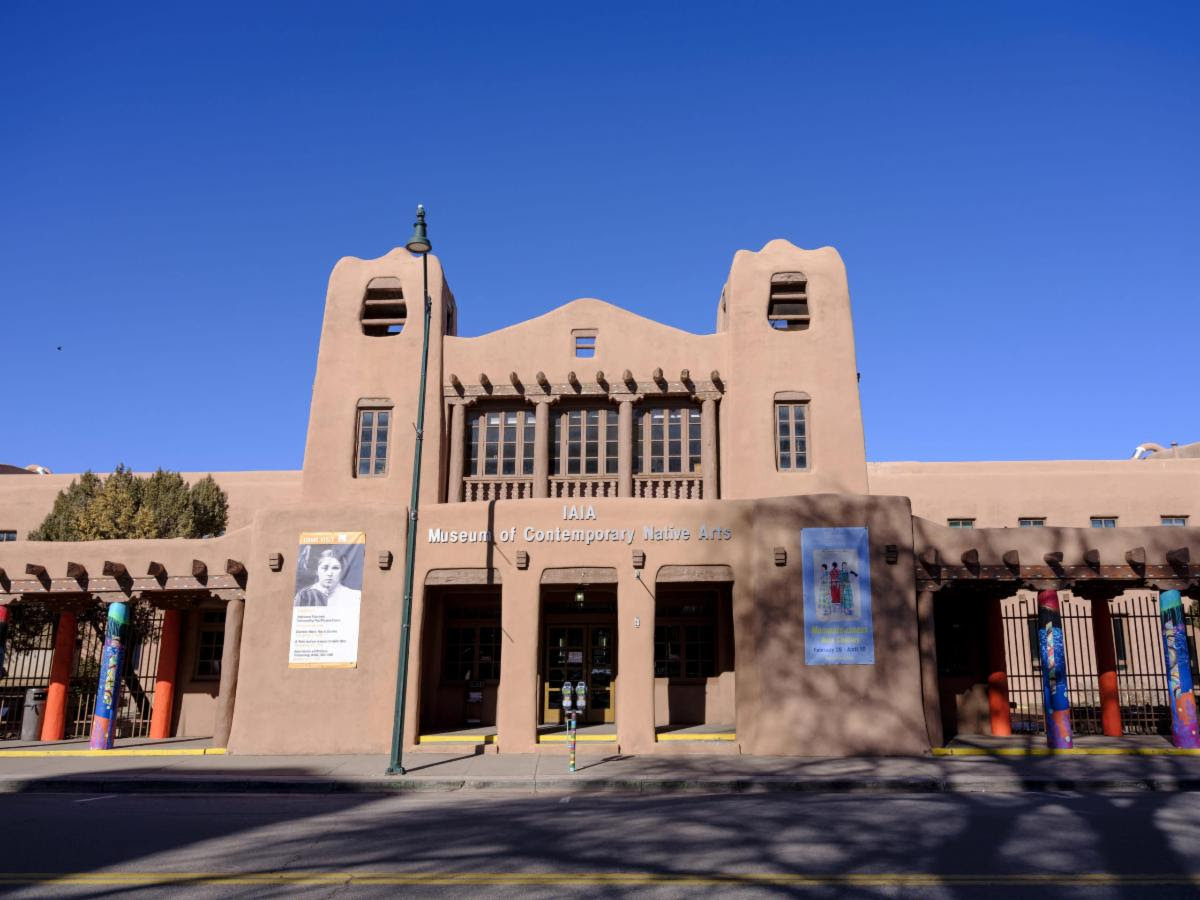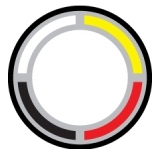
- Details
- By Native News Online Staff
SANTA FE — The IAIA Museum of Contemporary Native Arts (MoCNA) will reopen September 16 after closing earlier this year because of the COVID-19 pandemic. The museum is reopening in compliance with New Mexico Gov. Michelle Lujan Grisham’s approval.
The MoCNA will reopen at 25 percent capacity—40 individuals—at any given time, according to museum officials.
On Sept. 16, the MoCNA will be open from 12 noon – 5 p.m. Following its reopening, the hours of operation will be Wednesday – Sundays, 12 noon – 5 p.m. Timed tickets will be available for purchase online at iaia.edu/store or in-person at the MoCNA museum store.
The MoCNA released the following protocols it will follow to help to keep its staff and visitors safe and healthy.
A Few Protocols to Ensure a Safe Visitor Experience
- Please self-assess before visiting the museum. Are you exhibiting any symptoms of COVID-19 (cough, difficulty breathing, headache, body aches, sore throat, loss of taste and smell, fever, and chills)? Have you been in contact with someone who has tested positive for COVID-19? If you are exhibiting any of these symptoms or have been exposed, please do not visit the museum and reschedule for a later date. If you purchased a ticket online, we will work with you on transferring that ticket to another date or providing you with a refund.
- Respect social distancing and ensure everyone's safety by following all signage and directional arrows within each of our gallery spaces. Please respect our max occupancy signs for each gallery space and please maintain a 6-foot distance or more from other museum guests and staff.
- Following New Mexico's public health order and IAIA's guiding principles, all visitors will be required to wear a face covering that covers the nose and mouth while in the museum.
- Hand sanitizing stations have been placed throughout the museum for your convenience.
- At the moment, no docent-led group tours or school tours will be provided.
- Please be respectful of our staff and each other. We are here to ensure a safe space for everyone
More Stories Like This
Zuni Youth Enrichment Project Takes Top Emerging Artist Apprentices to Phoenix for Artistic Exploration and Cultural ImmersionFrom Dishwasher to Award-Winning Chef: Laguna Pueblo's Josh Aragon Serves Up Albuquerque's Best Green Chile Stew
Rob Reiner's Final Work as Producer Appears to Address MMIP Crisis
Vision Maker Media Honors MacDonald Siblings With 2025 Frank Blythe Award
First Tribally Owned Gallery in Tulsa Debuts ‘Mvskokvlke: Road of Strength’
Help us defend tribal sovereignty.
At Native News Online, our mission is rooted in telling the stories that strengthen sovereignty and uplift Indigenous voices — not just at year’s end, but every single day.
Because of your generosity last year, we were able to keep our reporters on the ground in tribal communities, at national gatherings and in the halls of Congress — covering the issues that matter most to Indian Country: sovereignty, culture, education, health and economic opportunity.
That support sustained us through a tough year in 2025. Now, as we look to the year ahead, we need your help right now to ensure warrior journalism remains strong — reporting that defends tribal sovereignty, amplifies Native truth, and holds power accountable.
 The stakes couldn't be higher. Your support keeps Native voices heard, Native stories told and Native sovereignty defended.
The stakes couldn't be higher. Your support keeps Native voices heard, Native stories told and Native sovereignty defended.
Stand with Warrior Journalism today.
Levi Rickert (Potawatomi), Editor & Publisher

